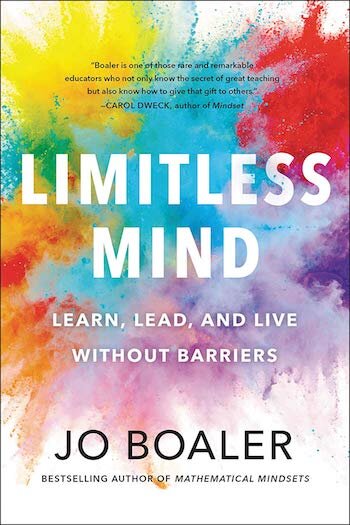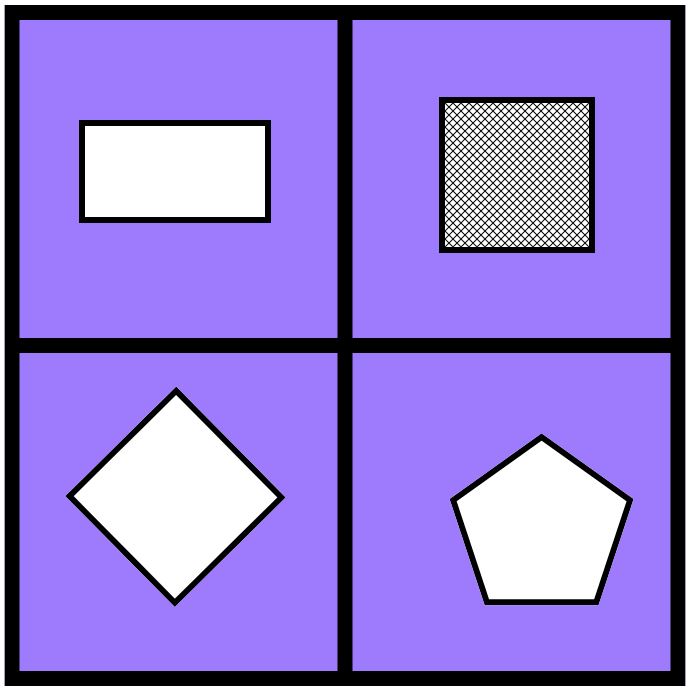Our beliefs about mathematics play a significant role in how we approach learning within the discipline. These beliefs are established by the nature of our early engagement with mathematics and are difficult to change once established. For many people mathematics is viewed as a subject that is not for them. Indeed the situation is so bad that many people will say that they are not a maths person and approach mathematics with fear and anxiety.
The beliefs one holds regarding mathematics have their roots in the manner by which we were introduced to the discipline. Sadly, many learners, are taught mathematics through methods which emphasise rote learning of methods that result in singular correct responses. The emphasis is upon speed and accuracy. Talented mathematicians are those who can rapidly recall the required method and then perform each step without error. Learning mathematics is about memorising prescribed knowledge, learning the methods and acquiring a set of strategies which make the process easier. Understanding, creativity, critical thinking, questions and reasoning have little or no place in this version of mathematics.
Our earliest experiences with mathematics shape our beliefs about mathematics. The challenge is to alter the nature of this early experience. In place of engaging with mathematics as a set of processes to be mastered, our long term learning is best served when we are encouraged to understand the concepts upon which mathematics is founded. Too often, the idea of building a conceptual understanding is considered too complicated for young minds. In this model, conceptual understanding is achieved once mastery of the basic processes is achieved. It is imagined that after many years of disciplined study, the individual will have a zen moment and achieve a conceptual understanding. But, we should be engaging with the concepts first. When teachers consider not the steps in the process but the nature of the concepts, they approach the learning from a very different perspective. By asking what the concept here is and how might I build an understanding of this, we begin to plan learning that achieves a conceptual understanding. This approach also allows the learner to see mathematics as a beautiful and ever-expanding discipline that invites creativity and critical thinking.
A conceptual approach to mathematics has a further advantage to teachers who feel they are struggling with a cramped curriculum. When one considers the essential concepts of early mathematics, you find that there are as few as five or six fundamental concepts and perhaps twenty essential ideas which evolve from each concept. If a child enters Kindergarten with an understanding of these concepts and a belief that mathematics requires creative and critical thinking, they have a solid foundation for success.
Several researchers have contemplated what the essential concepts of early mathematics are. One model derived from the research of Diezmann & Yelland (2000), and Fromboluti & Rinck (1999) describes the essential concepts or dispositions as Number Sense, Representation, Spatial Sense, Measurement, Estimation, Patterns and Problem Solving. This model has some overlap with the necessary skills within mathematics. An alternate approach would be to consider both concepts and mathematical skills or dispositions. This model aligns well with those adopted by the Australian Curriculum and Reporting Authority (ACARA), New South Wales Educational Standards Authority (NESA) and in the United States of America the Common Core State Standards. In these models, students engage with concepts through learning that builds and incorporates fluency, understanding, problem-solving, communicating and reasoning.
Reid and Andrews describe an alternate, and preferred model, of the essential concepts for early mathematical understanding in “Fostering Understanding of Early Numeracy Development”. (2016) In this they outline six significant areas of early numeracy:
numbers and counting
sharing, number comparison and counting
calculations
patterns
shapes
measurement
This model is unpacked further in the diagram below. Each of the concepts described by Reid and Andrews has a significant role to play in mathematical learning both in the early years and later as life-long learners of mathematics. Engagement with these concepts should be through experiences which are not aimed at mere memorising. Take the essential skill of counting with numbers. Listening to many children count from one to ten reveals that they have learned to recite this as they may learn to recite a poem. Interrupt them partway through, and they need to begin again from the start. When students learn to count through rote learning methods, they miss vital components of their learning. An understanding that seven comes after six and that five comes between four and six is not developed by lyrically parroting the numbers. Students need to experience the counting numbers and the concept of cardinality in connection with objects and collection which they count.
Click on image to enlarge.
What is required from the teacher is a deep questioning of what each concept involves. When we take the time to ask “What does it mean to understand this?”, “What does understanding this look like?” and “How might it demonstrate my understanding?” we also begin to see what it takes to build this understanding. While a teacher might like to be shown processes for teaching each concept, such an approach has the danger of not permitting the teacher to truly understand why the pedagogical moves they have learned work. This is the equivalent of learning mathematics as a process to be applied in the manner of a robot. Teachers who are allowed the time and who collaborate towards a true understanding of the concepts they teach are much more likely to engage their students.
Teaching mathematical concepts in the early years might require additional time and thought, but it is a much better fit with the philosophy of early years learning. Most importantly, it sets a strong foundation for all future learning in mathematics and shows the young learner that mathematics is for them and is a subject of beauty and creativity.
By Nigel Coutts
Reid, K. & Andrews, N. (2016) Fostering Understanding of Early Numeracy Development. ACER; Camberwell Victoria





























